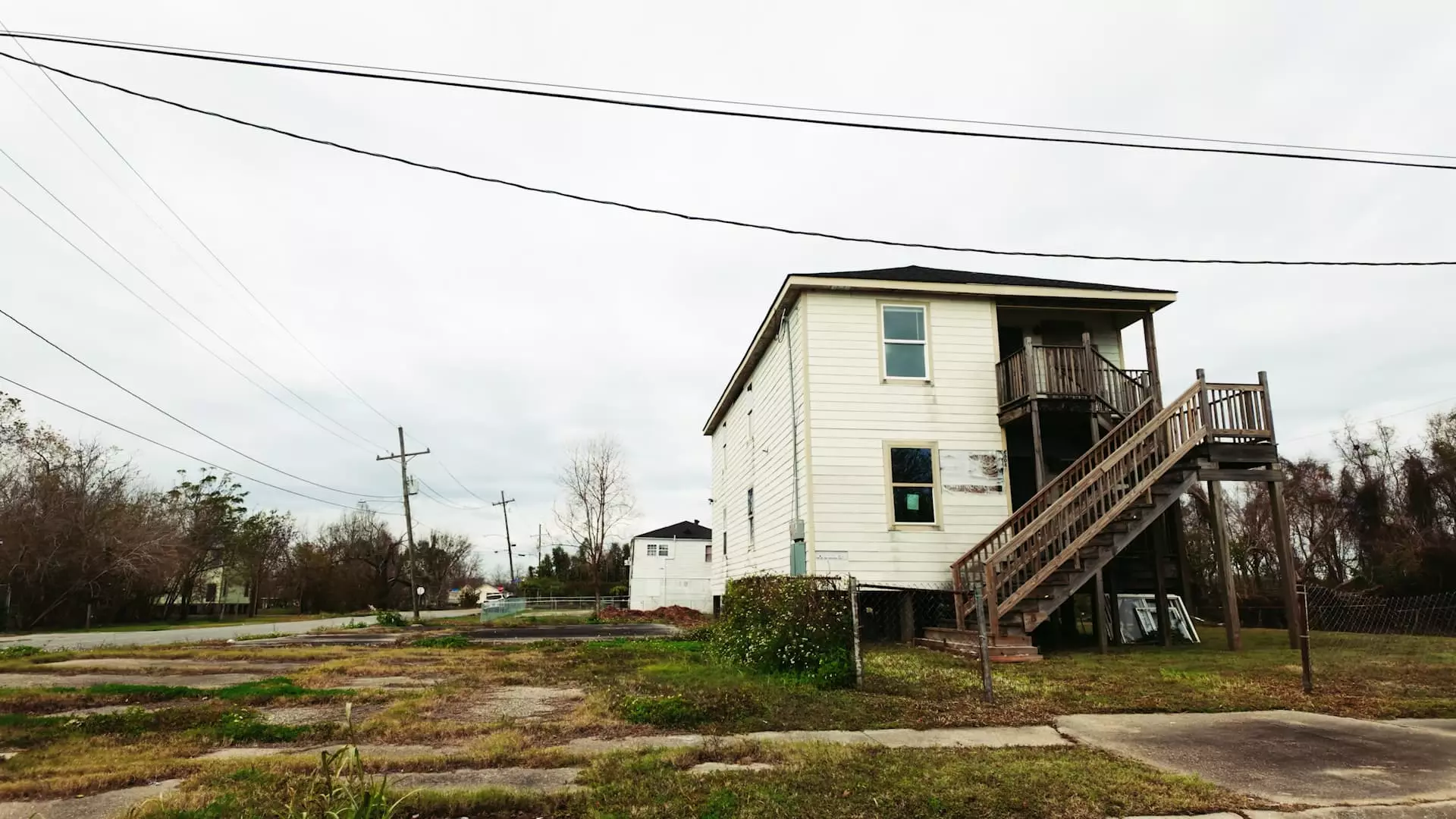The legacy of Hurricane Katrina, which devastated New Orleans in 2005, lingers nearly two decades later as the city grapples with extensive recovery efforts. The storm wreaked havoc, flooding hundreds of thousands of homes, claiming over 1,800 lives, and displacing millions. As the most financially catastrophic tropical cyclone in U.S. history—total damages adjusted for inflation estimated at $201.3 billion—Katrina left an indelible mark on the city’s socio-economic fabric. In the aftermath, approximately 25% of the city’s housing was abandoned, marking a new chapter in the ongoing challenges for both returning residents and local authorities.
Unprecedented Housing Challenges
As residents slowly returned, property values surged, particularly in neighborhoods like the Lower Ninth Ward, a focal point of devastation. Calvin Alexander, a longstanding resident, observed that just one-third of his community’s original inhabitants have returned. According to data from the U.S. Census Bureau, this trend can be frustrating for those who wish to rebuild their lives amidst rising housing costs. The recovery narrative is complicated by revelations that, citywide, the population remains below pre-Katrina levels, further exacerbating the financial burdens faced by the local government.
Compounding the problem is the stark contrast in housing prices between higher ground areas and lower-lying regions, with Alexander witnessing a remarkable 266% increase in his home’s assessed value since 2005. The broader housing market reflects a similar inflationary trend, with properties in the metropolitan area appreciating nearly 71%. Nationwide statistics show an even steeper rise of over 84%. Such price surges not only strain the wallets of returning citizens but also suggest a growing divide between wealthier newcomers and the original residents who have been unable to return.
The Road Home Program: A Controversial Solution
In response to the devastation, the federal and state governments allocated over $9 billion for the “Road Home Program,” an initiative designed to aid homeowners in either rebuilding or abandoning their properties. However, the program has faced significant criticism for its convoluted approach, particularly regarding its impact on low-income residents. Laura Paul, the executive director of lowernine.org, highlighted the program’s reliance on pre-storm property values rather than actual damage assessments. This methodology disenfranchised many low-income homeowners who received insufficient compensation, thus jeopardizing their ability to rebuild.
New Orleans currently experiences a troubling economic landscape. The disparity in income levels has resulted in increased poverty rates that exceed national averages. Lower household incomes interact dangerously with inflated housing costs, effectively locking many residents out of the recovering real estate market. The city is not only a site of historic culture but also a case study in how natural disasters can exacerbate income inequality and housing instability.
In the wake of Hurricane Katrina, the federal government and Louisiana state officials committed approximately $15 billion to enhancing the region’s flood protection infrastructure. This includes the construction of drainage canals, levees, and water pumping stations, all aimed at safeguarding against potential future storms. Yet, ironically, these mitigation efforts sometimes contribute to the persistent issue of land subsidence that plagues the area. Despite these challenges, economic assessments reveal that such investments yield significant returns, with projections of $7 in benefits for every dollar spent on storm protection systems.
Efforts to elevate 4,000 homes in the coming years underscore the ongoing commitment to community resilience. However, as New Orleans continues its long recovery journey, addressing the inequalities exposed and exacerbated by Katrina remains a pressing concern. Ultimately, the narrative of recovery is not solely about rebuilding structures but also about fostering an inclusive environment where all residents can thrive, irrespective of their economic status.

